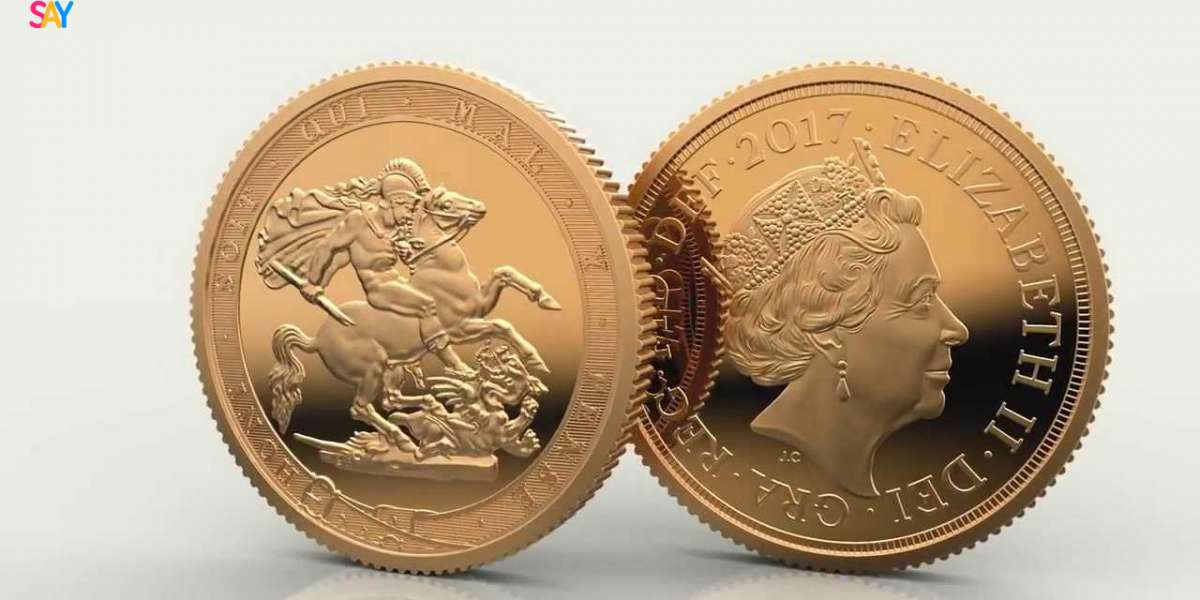Holding a historic gold sovereign connects you directly to the past. These coins circulated during Victoria’s reign, survived world wars, and witnessed economic revolutions. They carry history in their metal. But does that history translate into real, extra value for investors today? The answer is often yes – and sometimes significantly so.
Unlike modern bullion coins, historic sovereigns have multiple value drivers. Their worth isn't tied solely to the gold spot price. Age, scarcity, condition, and fascinating backstories all play crucial roles. This means they can offer stronger protection during market dips and greater upside during collector demand surges. Understanding these factors is key.
Ready to explore historic sovereigns? Find authentic gold sovereign coins for your collection or portfolio.
Why Historic Sovereigns Can Command Premiums
New sovereigns have consistent value based on weight and purity. Historic sovereigns add layers of potential worth:
- Rarity: Many older issues had smaller mintages. Wars, economic crises, or mint closures limited production. Low supply plus steady demand pushes prices up.
- Condition (Grade): A well-preserved Victorian sovereign can be worth double a heavily worn one of the same year. Collectors pay premiums for sharp details and minimal marks.
- Key Dates Variations: Specific years or mint marks (like Sydney 'S' or Melbourne 'M') are highly sought after. An 1887 'Jubilee Head' or 1905 'Veiled Head' in top condition can be exceptionally valuable.
- Historical Significance: Coins from pivotal years (pre-WWI, coronation years) carry narrative appeal that attracts serious collectors.
Key Factors Driving Historic Sovereign Value
Not every old sovereign is a treasure. Knowing what to look for separates the ordinary from the exceptional:
1. Mintage Figures Matter
Check original mint records. Sovereigns struck in low quantities naturally become scarcer over time. For example, some branch mint sovereigns (like early 20th century South African or Australian) had tiny outputs compared to London. Low mintage years often appear in coin catalogues with notable price differences.
2. Grading is Critical
Condition dictates price. A sovereign graded 'Extremely Fine' (XF) showing light wear on high points might fetch a 25-50% premium over a 'Very Fine' (VF) coin with more obvious smoothing. 'Uncirculated' (UNC) examples, especially with original mint lustre, command the highest premiums – sometimes multiples of the gold value. Professional grading services (like PCGS or NGC) authenticate and grade coins, boosting buyer confidence.
3. Demand for Iconic Designs
Certain monarch portraits and reverse designs are perennial favourites. Queen Victoria's 'Young Head' (1838-1887), 'Jubilee Head' (1887-1893), and 'Veiled Head' (1893-1901) each have devoted followings. King George V sovereigns (1911-1925) are also highly collected. Popular designs consistently trade at higher levels.
4. Provenance Pedigree
A coin with documented history – part of a famous collection, recovered from a historic shipwreck (like HMS Edinburgh), or with original mint packaging – adds intangible value. This story enhances its appeal and investment potential.
5. Gold Content Plus Numismatic Value
Every historic sovereign contains 7.32g of 22-carat gold. This provides a solid price floor. The numismatic premium sits on top of this intrinsic gold value. This dual-layer offers security: even if collector demand wanes, the gold value remains.
Spotting Opportunities: Undervalued Historic Sovereigns
Smart buying focuses on potential. Look for these opportunities:
- Better Date Common Sovereigns: A common year (like 1893) in superb, undergraded condition might be overlooked compared to a rarer date in poor shape. Condition often trumps date alone.
- Branch Mint Issues: Sovereigns struck in Australia (Sydney 'S', Melbourne 'M'), Canada (Ottawa 'C'), or India (Bombay 'I') had smaller outputs. These can be undervalued compared to London coins.
- Early Elizabeth II Sovereigns: Coins from the 1950s-1970s are transitioning from 'modern' to 'historic'. High-grade examples are still relatively affordable but gaining collector interest.
Essential Tips for Buying Historic Sovereigns
Protect your investment with knowledge:
- Buy From Reputable Dealers: Choose established firms with guarantees of authenticity and clear return policies. Avoid anonymous online marketplaces for high-value coins.
- Understand Grading: Learn the basics of coin grading (VF, XF, UNC). Request clear, high-resolution images.
- Verify Authenticity: Know the weight (should be approx. 7.99g) and diameter (22.05mm). Fakes exist – buy from specialists.
- Focus on Condition: A slightly higher price for a significantly better grade is usually a wiser long-term investment.
- Consider Professional Slabbing: Coins graded and encapsulated by PCGS or NGC offer maximum security and resale ease.
The Unique Tax Advantage Remains
Crucially, historic UK gold sovereigns retain their vital Capital Gains Tax exemption. Because they are still considered legal tender, any profit you make when selling them is completely free of UK CGT. This applies regardless of their age or numismatic premium. This tax efficiency makes them powerful long-term wealth builders.
Storing Your Historic Treasures Securely
Preserve condition meticulously:
- Handle Minimally: Use cotton gloves. Hold coins by the edge.
- Proper Storage: Use inert materials – archival-quality coin flips, capsules, or albums. Avoid PVC plastic.
- Environment: Store in a cool, dry place away from humidity and pollutants.
- Insurance: Ensure adequate coverage reflecting their numismatic value, not just gold weight.
Final Perspective
Historic gold sovereigns offer a compelling blend: the timeless security of physical gold plus the exciting potential of numismatic appreciation. They represent tangible history with a proven financial upside. While not every old sovereign carries a huge premium, understanding the factors that create value empowers you to make informed, profitable choices.
They are more than assets; they are heirlooms carrying centuries of economic trust. Starting with one well-chosen historic sovereign can be the beginning of a rewarding journey in tangible wealth preservation.




